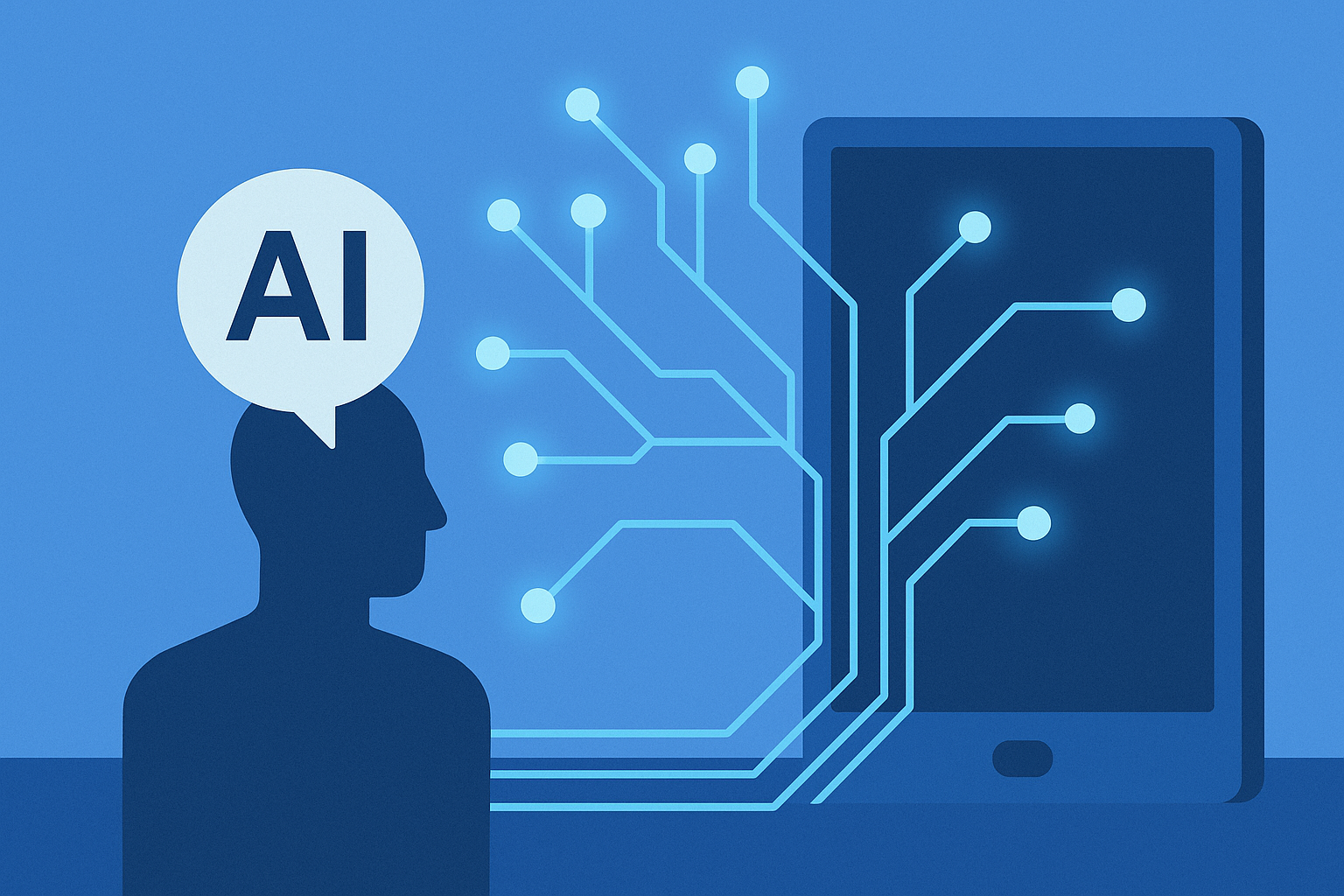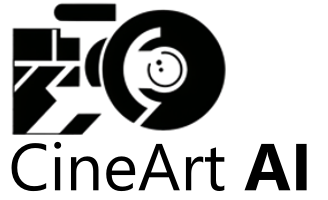
25 Jul How Generative AI Is Reshaping the World of Work – and What That Means for You
Over the last few years, the rise of generative AI has been impossible to ignore. From writing assistance to customer support, these tools are transforming how we work. But beyond the hype, what is really happening in the workplace? Which jobs are seeing the most impact and how?
A recent study by Microsoft Research titled “Working with AI: Measuring the Occupational Implications of Generative AI“ dives deep into this question. By analyzing over 200,000 real conversations between users and Bing Copilot (now Microsoft Copilot), the researchers uncovered fascinating trends that reveal how people use AI and what that means for different careers.
Key Findings at a Glance
- AI is helping people most with gathering information, writing, and communication.
- AI itself performs tasks like teaching, advising, and explaining concepts.
- The highest AI applicability scores are found in knowledge work, especially jobs focused on communication, writing, sales, and customer interaction.
- All occupations show some potential for AI use but with major differences.
- Occupations with physical or manual work have the lowest AI applicability.
Let’s break this down.
What People Use AI For
People aren’t just using AI for programming or tech tasks. In fact, the most common uses involve:
- Researching information
- Writing and editing
- Drafting communications
- Providing or explaining information
This means AI is serving as a co-pilot for many non-technical roles acting as a writing assistant, researcher, or advisor.
On the other side, AI isn’t just assisting; it’s performing some work tasks itself. For example, it might draft an email, summarize regulations, or prepare instructional content. These are real, meaningful contributions showing the potential for both augmentation (AI helping humans) and automation (AI doing the task directly).
Which Jobs Are Most Affected?
To understand the occupational impact, the researchers created an AI Applicability Score a measure of how frequently AI is used for tasks within a profession, how successful those tasks are, and how broadly AI covers the job’s responsibilities.
Here’s Table 3, listing the Top 40 Occupations with the highest scores:
| Occupation | AI Applicability Score | Employment (US) |
|---|---|---|
| Interpreters and Translators | 0.49 | 51,560 |
| Historians | 0.48 | 3,040 |
| Passenger Attendants | 0.47 | 20,190 |
| Sales Representatives (Services) | 0.46 | 1,142,020 |
| Writers and Authors | 0.45 | 49,450 |
| Customer Service Representatives | 0.44 | 2,858,710 |
| CNC Tool Programmers | 0.44 | 28,030 |
| Telephone Operators | 0.42 | 4,600 |
| Ticket Agents and Travel Clerks | 0.41 | 119,270 |
| Broadcast Announcers and DJs | 0.41 | 25,070 |
| Brokerage Clerks | 0.41 | 48,060 |
| Farm/Home Management Educators | 0.41 | 8,110 |
| Telemarketers | 0.40 | 81,580 |
| Concierges | 0.40 | 41,020 |
| Political Scientists | 0.39 | 5,580 |
| Journalists and Reporters | 0.39 | 45,020 |
| Mathematicians | 0.39 | 2,220 |
| Technical Writers | 0.38 | 47,970 |
| Proofreaders | 0.38 | 5,490 |
| Hosts and Hostesses | 0.37 | 425,020 |
| Editors | 0.37 | 95,700 |
| Business Professors | 0.37 | 82,980 |
| PR Specialists | 0.36 | 275,550 |
| Product Promoters | 0.36 | 50,790 |
| Advertising Sales Agents | 0.36 | 108,100 |
| New Accounts Clerks | 0.36 | 41,180 |
| Statistical Assistants | 0.36 | 7,200 |
| Rental Clerks | 0.36 | 390,300 |
| Data Scientists | 0.36 | 192,710 |
| Financial Advisors | 0.35 | 272,190 |
| Archivists | 0.35 | 7,150 |
| Economics Professors | 0.35 | 12,210 |
| Web Developers | 0.35 | 85,350 |
| Management Analysts | 0.35 | 838,140 |
| Geographers | 0.35 | 1,460 |
| Models | 0.35 | 3,090 |
| Market Research Analysts | 0.35 | 846,370 |
| 911 Operators | 0.35 | 97,820 |
| Switchboard Operators | 0.35 | 43,830 |
| Library Science Professors | 0.34 | 4,220 |
(Source: Tomlinson et al., 2025 https://arxiv.org/abs/2507.07935)
Surprising Trends
- Communication is key: Whether you’re a PR specialist or customer service agent, the ability to convey information is central and AI helps with that.
- Smaller professions are seeing bigger impacts: Occupations like Historians, Translators, and Editors have smaller employment numbers but show high AI applicability.
- Sales and service jobs are increasingly AI-enabled: From responding to inquiries to drafting promotional material, AI is extending its role in frontline roles.
What Does This Mean for You?
This study highlights something important: AI isn’t just for techies. It’s becoming a valuable tool in almost every office and customer-facing role.
If you’re in a field like communications, writing, or customer service, consider exploring how AI can become a partner in your workflow. Mastering tools like Microsoft Copilot, ChatGPT, or Claude might soon be as essential as knowing Excel or email.
For leaders and managers, the findings offer a guidepost: identify where your teams can save time, improve quality, or handle higher volumes using AI. Upskilling staff to effectively partner with AI could be a strategic edge.
Implications: Augmentation Over Automation?
The researchers caution against assuming high scores mean job loss. Historical examples, like ATMs increasing bank teller jobs (Bessen, 2015), show technology often shifts roles. AI might automate routine info tasks but free workers for creative or relational work.
For knowledge workers, AI could boost productivity in writing and research, as seen in studies on programming (Peng et al., 2023) or consulting (Dell’Acqua et al., 2023). However, gaps in visual design or complex analysis suggest limits.
Looking ahead, the study calls for more research on business outcomes and equity, ensuring AI benefits don’t widen gaps. As Bick et al. (2024) note, adoption is rapid, but impacts vary.
In summary, generative AI is poised to reshape information-heavy jobs, from sales to writing, by assisting with key tasks. While physical occupations remain less affected, the overall message is optimistic: AI as a collaborator, not a replacement.
#AI #FutureOfWork #GenerativeAI #Workplace #CineArtAI #Productivity #Upskilling



Sorry, the comment form is closed at this time.